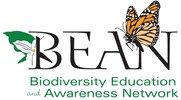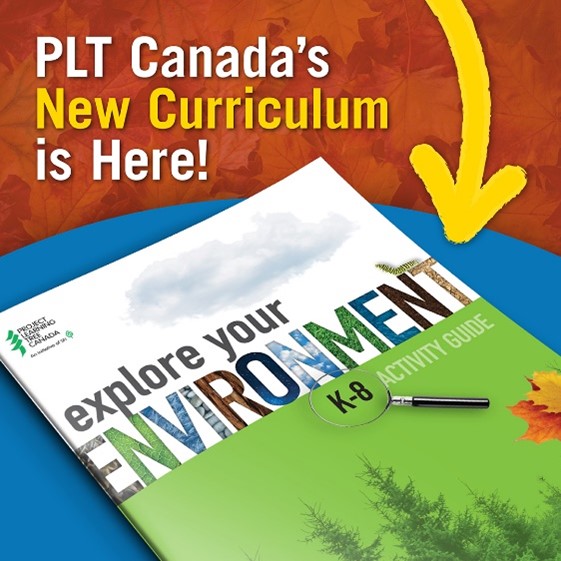|
By Danika Strecko, Senior Manager of Education, Project Learning Tree Canada Forests cover 31% of the world’s land, support 80% of all land-based biodiversity, and are home to more than 300 million people worldwide. Forests produce oxygen, replenish and filter groundwater, secure soil, and regulate air temperature. When sustainably managed, they provide solutions to some of our most pressing global challenges. And forests can become outdoor classrooms—places where formal and non-formal educators can engage young learners with hands-on learning and inspire future generations to connect to nature and become stewards of the natural environment Take Your Learning Outside With Project Learning Tree Canada (PLT Canada)’s free, bilingual guide to teaching about forests, you can teach about forests, trees, forest practices, and sustainable forest management. There are many ways to use the 100 forest concepts in PLT Canada’s Forest Literacy Framework, but we’ve highlighted three ways you can explore the content: by theme, by grade level (from K–12), or by hot topic (like climate change and public health). PLT Canada is also excited to offer a new series of free, ready-to-use, hands-on Learn about Forests activities that focus on themes related to biodiversity, sustainable forest management, stewardship, and green careers. Specifically, the Web of Life activity invites learners to investigate variability among species in an ecosystem, and how this variability—or biodiversity—helps sustain life on Earth. Biodiversity is one of the most important indicators of an ecosystem’s health; biological richness means organisms have more options to get the food and other resources they need. And it’s important in the face of climate change: greater biodiversity in an ecosystem means a greater ability to adapt. Even if some species face food shortage, habitat loss, climate change, or other threats, the ecosystem as a whole is more likely to sustain itself. Humans, like other organisms, depend on biodiversity to live. Without biodiversity, we wouldn’t have the wide variety of food, energy, medicine, raw materials, and more that we need to live and that contribute hundreds of billions of dollars yearly to the world economy. Take your learning outside and engage youth with activities related to real issues. Environmental education presents many opportunities for cross-curricular learning and helps learners develop an appreciation for the natural world and living sustainably. Explore all 12 free Learn About Forests Activities here! What are the Benefits of Environmental Education? With environmental education, formal and non-formal educators can teach how to think, not what to think, and improve young people’s problem-solving, analytical, and investigative skills. It can also improve academic achievement with engaging lessons about the natural world, young people’s health by improving stress levels and mental heath, focus and cognition, and more. Environmental education also benefits communities because young learners become equipped with the knowledge, skills, and motivation to address complex environmental challenges and contribute to sustainable living. Inspire Future Forest and Conservation Leaders Environmental education connects youth to real issues happening now and encourages problem-solving and critical thinking. By acquiring forest literacy and participating in hands-on activities about biodiversity, the children in your life will gain the tools and knowledge to care for our forests sustainably, well into the future.
3 Comments
Bev
11/12/2021 03:40:04 pm
Thank you
Reply
Miller
9/30/2023 07:38:25 pm
Great work on your blog post! The content was engaging and informative, and I found the anecdotes and personal stories you shared to be relatable and impactful. To gain further insights, <a href="https://www.vitalforcedetox.com/#aff=Navjot100" target="_blank">click here</a>.
Reply
Leave a Reply. |
AuthorWrite something about yourself. No need to be fancy, just an overview. Archives
July 2024
Categories |


 RSS Feed
RSS Feed
